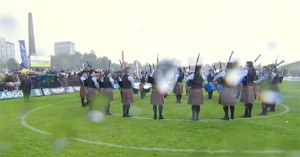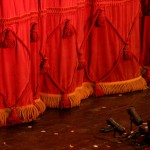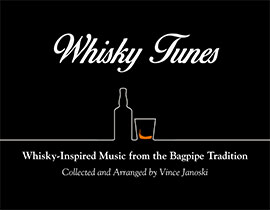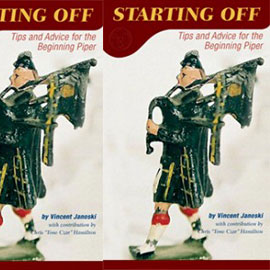Sight Over Sound in Bagpipe Performance
 It’s often said that bagpipe adjudicating can be a very subjective thing. Individual taste and personal opinion are often thought to play a part in a judge’s final decision. Another World Pipe Band Championships has passed with the “top six” bands probably being the closest in quality they have been in a long time. Not an easy contest to judge. The subjectivity of said judges may have played a large part or a small part in the final tally, who knows? What is interesting is that there is a recently published study out of London that suggests that people actually depend more on visual components than on sound when judging music competition. From the abstract:
It’s often said that bagpipe adjudicating can be a very subjective thing. Individual taste and personal opinion are often thought to play a part in a judge’s final decision. Another World Pipe Band Championships has passed with the “top six” bands probably being the closest in quality they have been in a long time. Not an easy contest to judge. The subjectivity of said judges may have played a large part or a small part in the final tally, who knows? What is interesting is that there is a recently published study out of London that suggests that people actually depend more on visual components than on sound when judging music competition. From the abstract:
“People consistently report that sound is the most important source of information in evaluating performance in music. However, the findings demonstrate that people actually depend primarily on visual information when making judgments about music performance. People reliably select the actual winners of live music competitions based on silent video recordings, but neither musical novices nor professional musicians were able to identify the winners based on sound recordings or recordings with both video and sound.”
The results of this study draw attention to the natural, unconscious reliance we all have on visual cues. The notion that our experience of music depends so much on visual information, and that that visual information can interfere with our decision making has huge implications, as the study also suggests:
“Professional musicians and competition judges consciously value sound as central to the domain of performance, yet they arrive at different winners depending on whether visual information is available or not. This finding suggests that visual cues are indeed persuasive and sway judges away from recognizing the best performance that they themselves have, by consensus, defined as dependent on sound. Professional judgment appears to be made with little conscious awareness that visual cues factor so heavily into preferences and decisions.“
We all like to think that the “sound” of a musical performance is the most important thing and place our trust in the specialized experience of judges. But, whether we are aware of it or not, we are more likely to pick the winner of a competition because the performer “looks” like he or she is a winner. It is not really the subjective nature of musical taste and experience that plays a large part in the judging of bagpipe competition, but the (very) subjective nature of visual cues.
This year’s Grade 1 competition at the worlds was most unbalanced in terms of weather. A few unlucky bands played in a downpour while others got the benefit (or detriment) of blazing sunshine. The image of SFU playing their medley as their shirts were soaked through, or the image of splish-splashes off of Shotts & Dykehead’s drum heads not only was something that had an impact on the bands’ performances, but it also had an impact on the visual aspects from the perspective of the crowd (who cheered loudly when these bands finished) and most likely, as the study reveals, how they were judged as well.
This is an important thing. As a competition like the World Pipe Band Championships grows to appeal to a wider audience, with BBC television coverage and major public support, the visuals are going to play a large part of that appeal. There’s a lot at stake to be ruined by bad visuals. “Visuals” are the reason the RSPBA does not allow rain capes to be worn in the Grade 1 circle. “Visuals” are why many of the Grade 1 bands sported band-branded cufflinks this year. Nevermind how good these bands sound, what their performance looks like is going to determine their own success and the success of the event itself. What does this mean? It means that the poor visuals of soaking rain on a world class, Grade 1 pipe band during a performance at the World Championships should never be allowed to happen.
-
AVDawn
-
pipervin
-
thevoidboy
-
-
-
mike
 Pipehacker
Pipehacker








